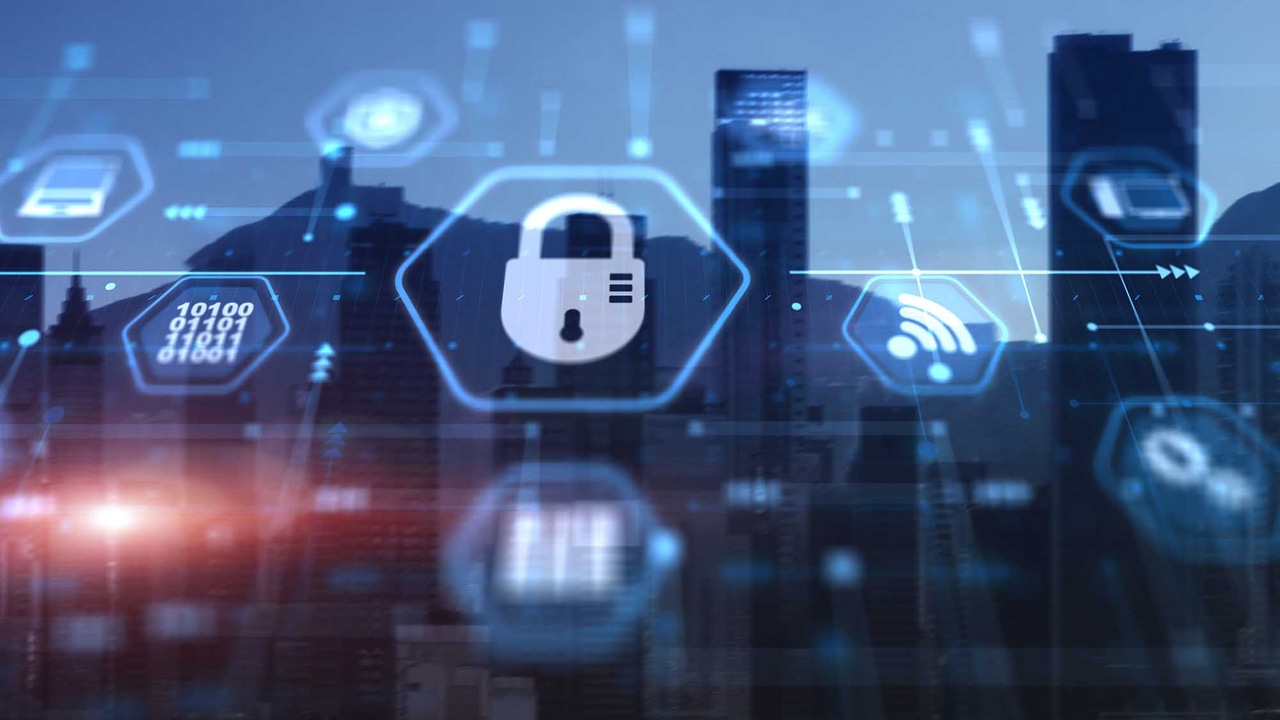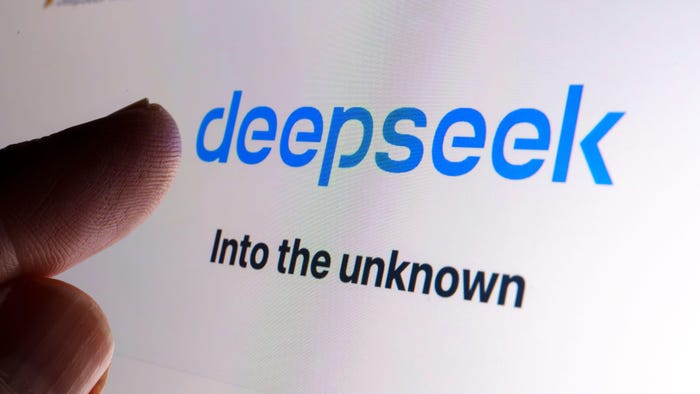Defending Nations: 3 Strategic Shifts to Evolve Government Cyber DefenseDefending Nations: 3 Strategic Shifts to Evolve Government Cyber Defense
To safeguard national security, governments must evolve in three areas to protect against a constantly evolving threat landscape.
September 23, 2024

Cyberattacks on government entities have profound consequences, potentially disrupting critical infrastructure, government operations, and economies. These incidents also pose threats to national security, endanger human lives, and serve as a new battleground for geopolitical conflicts.
In response to escalating cyber threats on governments, policymakers worldwide have implemented stricter regulations, such as the US Cyber Incident Reporting for Critical Infrastructure Act of 2022 (CIRCIA), the EU's NIS2 Directive, and the Middle East's Abraham Accords. Countries are establishing new cyber-defense mechanisms, like sectorial or national security operations centers (SOCs) and national cybersecurity centers, and focusing on increased global collaboration through initiatives such as the International Counter Ransomware Initiative (CRI) and the UAE–Israel cyber-threat intelligence agreement, Crystal Ball.
Although cybercriminals continue to hold significant advantages in certain regions, and cyber threats continue to increase, some nations are advancing more rapidly than others by strategically focusing on three key areas: talent, technology, and approach.
Talent: Attracting, Retaining, and Upskilling Cyber Talent
ISC2 reports that 4 million professionals are needed to fill the cybersecurity talent gap. The challenge lies not only in attracting and retaining the appropriate talent but also in managing the vast amount of data across various government organizations. The reliance on resource-intensive manual processes only exacerbates the issues of coverage and productivity.
Effective tactics include fostering a mission-driven culture, empowering practitioners with cutting-edge technology, providing strong growth paths, and reducing manual processes. Automation plays a big part through techniques like automatic attack-based disruption, automation playbooks, and generative artificial intelligence (GenAI) optimization to thwart attacks preemptively. Automation also frees up time-intensive, repetitive tasks, allowing staff to focus on higher value activities.
Frequently, governments collaborate with private sector companies on threat intelligence. GenAI assistants are streamlining cybersecurity investigation, hunting, reporting, and analysis. These innovations not only perform the work, they also help upskill and reskill talent.
Technology: Transitioning From Fragmented, Legacy Tools to Modern, Unified Platforms
Fragmented security tools and legacy technology are still prevalent. Our research shows that large organizations utilize an average of 75 security solutions. Many still emphasize the network as the security boundary and dependence upon a tightly secured on-premises network.
Yet this mindset is challenged in a world where mobile devices and software-as-a-service (SaaS) applications are the norm. It takes attackers only about 72 minutes to start exfiltrating data after a successful phishing email click, whereas it takes defenders an average of 258 days to identify and contain a data breach.
Adversaries now employ hyperscale automated capabilities and GenAI attack tools, and organizations that aren't using these technologies are at a disadvantage. Fortunately, many government agencies are adopting hyperscale security platforms, but these require interoperability with on-premises technologies and the ability to ingest and export data to and from the hyperscale cloud. Other security and privacy needs include encryption, data residency, and network isolation; security data lake capabilities; and advanced threat intelligence capabilities, such as seamless integration with third-party sources, and models.
Below are two examples of cyber-defense architectural patterns for government agencies.

Figure 1. Centralized GenAI-based SOC for municipal, provincial, state, sectoral, or national governments. Source: Microsoft

Figure 2. GenAI-based national cybersecurity center for a nation and its constituents. Source: Microsoft
Approach: Evolving From an Isolated to a Collective Cyber Defense
Many nations have lacked a unified approach to cyber defense. However, there is a growing trend toward a more integrated strategy at municipal, regional, and national levels.
Many nations are establishing national cybersecurity centers to foster collaboration with government, critical infrastructure, private industry, and other organizations. These facilitate exchanging threat intelligence, content, and guidance; combining case management, investigation, and threat hunting efforts; and establishing confidential compute or clean room collaborations. Sectorial or national SOCs monitor and support organizations, providing direct support or operating as hybrid fusion center/government SOCs.
These collaborations yield economies of scale and create a "collective defense" approach. At an aggregate level, they enable detecting patterns that would be difficult to see within an individual organization, such as sector-specific campaigns or suspicious behavior that affects multiple organizations. These approaches necessitate advanced technological capabilities to address scalability, data privacy, and data governance, as well as sovereign controls to work across jurisdictional boundaries and multivendor or cross-platform environments.
Learn More
While the challenges of cyber defense for governments are more critical than ever, exemplary global models are demonstrating success and offering valuable blueprints for worldwide adoption. To learn more about Microsoft's public sector cybersecurity initiatives, visit Microsoft's Public Sector Center of Expertise, Microsoft's GenAI Cyber Defense Program for Public Sector, and AI-Powered Unified SecOps Platform.
By Alvaro Vitta, Worldwide Cybersecurity Lead for Public Sector, Microsoft; Hila Yehuda, Principal Software Engineering Manager for OneSOC, Microsoft; and Tomas Beerthuis, Principal Product Manager for OneSOC, Microsoft
About the Authors

Alvaro Vitta is a leading global authority in public sector cybersecurity, with over 18 years of experience planning, designing, implementing, and operationalizing cybersecurity across regional, national, and global organizations. Alvaro leads the Global Cybersecurity Strategy for Public Sector at Microsoft.

Tomas Beerthuis is a principal product manager at Microsoft and leads product for National SOC/National Cyber Security Center/Defense capabilities, ensuring cohesive security coverage with Microsoft Sentinel and XDR. He was previously an associate partner at McKinsey and chief data officer for Shell's Integrated Gas.

Hila Yehuda is a principal software engineering manager with over 20 years of experience in the high-tech industry, including 15 years at Microsoft working across multiple products. Hila led the incubation group under the CTO office, where they built a cost-effective log trier and a privacy-preserving cleanroom disruptive technology. Currently, Hila is leading the engineering for National SOC capabilities, enhancing Microsoft's security stack for this market.
Read more about:
Sponsor Resource CenterYou May Also Like
Uncovering Threats to Your Mainframe & How to Keep Host Access Secure
Feb 13, 2025Securing the Remote Workforce
Feb 20, 2025Emerging Technologies and Their Impact on CISO Strategies
Feb 25, 2025How CISOs Navigate the Regulatory and Compliance Maze
Feb 26, 2025Where Does Outsourcing Make Sense for Your Organization?
Feb 27, 2025

_Brain_light_Alamy.jpg?width=700&auto=webp&quality=80&disable=upscale)

